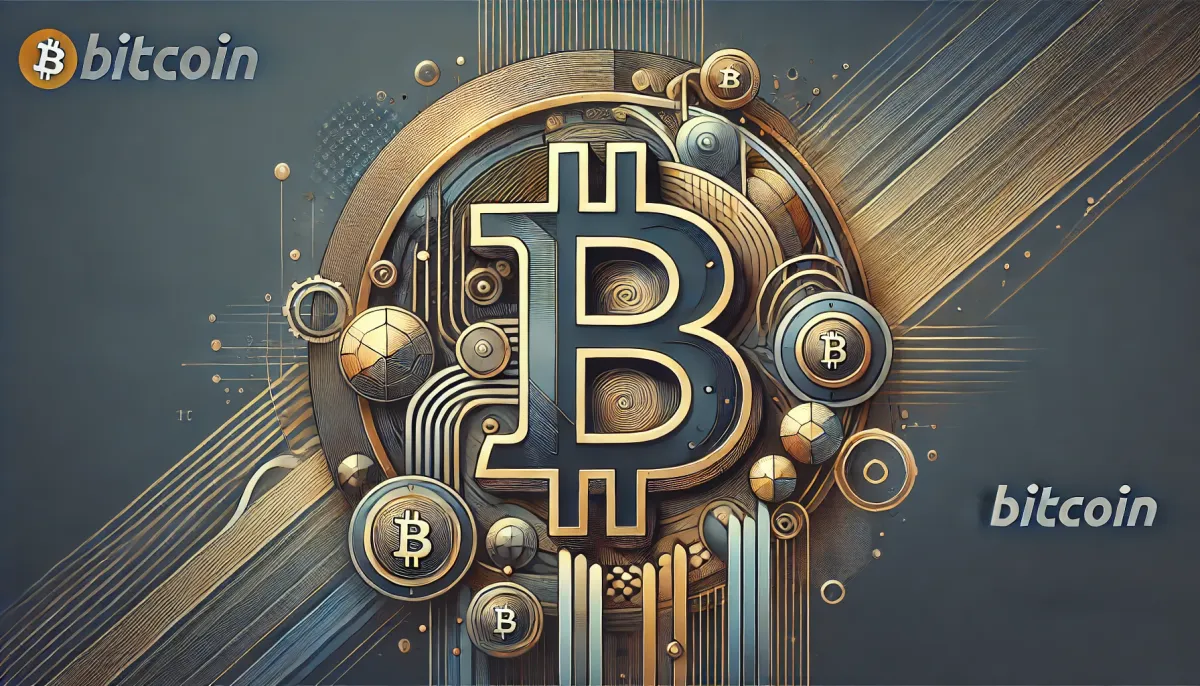Bitcoin Endgame: Deflation & Decentralization
In the April 13, 2025 episode of The Bitcoin Matrix, guest Jeff Booth outlines Bitcoin’s transformative potential by contrasting its deflationary, decentralized framework with the inflationary, credit-driven fiat system.

- My 'briefing notes' summarize the content of podcast episodes; they do not reflect my own views.
- They contain (1) a summary of podcast content, (2) potential information gaps, and (3) some speculative views on wider Bitcoin implications.
- Pay attention to broadcast dates (I often summarize older episodes)
- Some episodes I summarize may be sponsored: don't trust, verify, if the information you are looking for is to be used for decision-making.
Summary
In the April 13, 2025 episode of The Bitcoin Matrix, guest Jeff Booth outlines Bitcoin’s transformative potential by contrasting its deflationary, decentralized framework with the inflationary, credit-driven fiat system. He explains how this paradigm shift could recalibrate global value distribution and emphasizes the critical need to transition Bitcoin from a store of value to an active medium of exchange. The discussion calls for enhanced user engagement and governance to safeguard Bitcoin’s core attributes amid evolving regulatory and institutional pressures.
Take-Home Messages
- Decentralized Security: Bitcoin’s protocol offers robust, tamper-resistant security that stands in stark contrast to the vulnerabilities of centralized fiat systems.
- Economic Rebalancing: Its inherent deflationary design promotes a fairer distribution of value and counteracts the inflationary pressures pervasive in credit-based economies.
- Adoption Imperative: Transitioning Bitcoin’s use from a speculative store of value to a practical medium of exchange is essential for its long-term societal impact.
- Regulatory and Custodial Risks: Increasing reliance on stablecoins, KYC mandates, and institutional custodians poses significant risks to preserving Bitcoin’s decentralized ethos.
- Active Participation: Encouraging self-custody and community engagement is crucial to maintaining a resilient, decentralized network.
Overview
The episode introduces Bitcoin’s valuation by estimating an implied purchasing power of $43 million per coin, setting the stage for a discussion that juxtaposes a naturally deflationary free market with an inflation-driven credit system. Booth explains how centralized financial mechanisms extract value from the broader public, thereby deepening economic insecurity. He emphasizes that Bitcoin’s decentralized, secure protocol offers an alternative that reclaims individual value creation.
Booth contrasts the inherent efficiency of a free market—where innovation drives prices down—with the systemic distortions of fiat systems that artificially sustain prices. He argues that this imbalance forces wealth concentration and perpetuates social and economic disparities. The narrative underscores that current centralized practices inherently favor a minority at the expense of the majority.
The conversation delves into the challenges associated with scaling Bitcoin’s use beyond speculative holding. It examines the risks posed by regulatory pressures, custodial practices, and stablecoin dependencies that may undermine decentralization. Booth points to the necessity of transitioning Bitcoin into everyday transactions as a critical step for its evolution.
Finally, the discussion stresses that preserving Bitcoin’s foundational attributes requires active participation by its community. By advocating for enhanced self-custody practices and decentralized governance, Booth envisions a future where Bitcoin can effectively counterbalance entrenched fiat systems. The episode calls for strategic innovations that align technological evolution with core economic freedoms.
Stakeholder Perspectives
- Individual Holders: Emphasize the importance of self-custody and active network engagement to protect personal economic sovereignty.
- Institutional Investors: Seek clear regulatory frameworks and mechanisms that preserve asset value amid the decentralization transition.
- Policymakers: Are concerned with mitigating systemic risks while balancing innovation and financial stability.
- Technologists and Developers: Advocate for continuous protocol enhancements that safeguard decentralization and promote security.
- Community Advocates: Stress the need for education and transparent practices to empower users and resist centralized control.
Implications and Future Outlook
Bitcoin’s deflationary model, when supported by robust user participation, has the potential to realign global economic power away from centralized institutions. This outcome relies on the successful transition from Bitcoin as a speculative asset to a widely used medium of exchange. The emphasis on decentralized governance underscores a proactive approach to mitigating current systemic imbalances.
The discussion implies that technological advancements and regulatory adaptations are essential to preserve Bitcoin’s decentralized nature. Continuous innovation in protocol development and self-custody practices will be key to maintaining its competitive advantage. Strategic policy initiatives that embrace free market principles could further catalyze this transition.
However, risks remain as external pressures from stablecoins and institutional custodians could erode Bitcoin’s inherent advantages. Ensuring that future developments do not compromise decentralization will be critical for long-term success. Collaborative efforts among stakeholders are necessary to safeguard the protocol against centralizing forces.
Some Key Information Gaps
- How can the inherent deflationary nature of a free market be reconciled with the inflationary pressures of a credit-based system? This question addresses a fundamental economic conflict that shapes monetary policy. Its resolution is critical for developing sustainable financial models.
- How does centralization in existing fiat systems exacerbate economic insecurity for the general population? This inquiry examines the relationship between centralized wealth extraction and societal vulnerability. Clarifying this link can guide measures to promote economic resilience.
- What are the critical success factors for Bitcoin to transition from a store of value to a widely adopted medium of exchange? This question targets the operational challenges of scaling Bitcoin’s practical use. Its answer can inform strategies for mainstream adoption.
- How might the increasing reliance on stablecoins and institutional custodians affect Bitcoin’s decentralized promise? This research gap probes the potential erosion of decentralization due to external dependencies. Addressing it is essential for preserving Bitcoin’s core identity.
- What are the primary challenges in maintaining decentralized governance within Bitcoin’s protocol? This question focuses on the governance dynamics that ensure network security and evolution. Understanding these challenges is pivotal for guiding policy and community efforts.
Broader Implications for Bitcoin
Reshaping Global Monetary Systems
Bitcoin’s deflationary mechanism challenges the long-standing inflationary practices that underpin traditional fiat currencies. If widely adopted, it could disrupt conventional monetary policies and reduce systemic risks associated with excessive debt accumulation. This shift promises a more equitable financial framework that prioritizes individual economic empowerment over centralized control.
Enhancing Digital Sovereignty
By enabling secure, self-custody and decentralized control, Bitcoin empowers individuals to reclaim autonomy over their financial transactions. This shift has the potential to redefine the relationship between citizens and state-controlled monetary systems. As users adopt decentralized practices, broader implications include increased privacy and diminished government surveillance.
Catalyzing Innovation in Decentralized Finance
The evolution of Bitcoin’s layered protocol not only secures its foundational framework but also opens avenues for developing innovative financial services. This innovation can drive competition and reduce reliance on traditional banking institutions. The resulting ecosystem is likely to stimulate interdisciplinary research and foster new business models that extend beyond conventional finance.



Comments ()